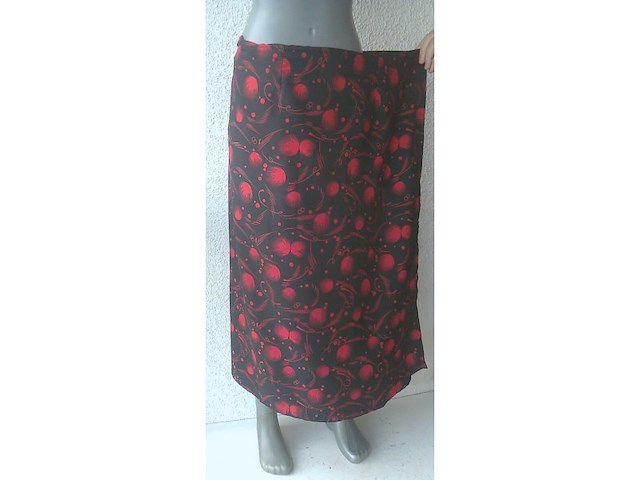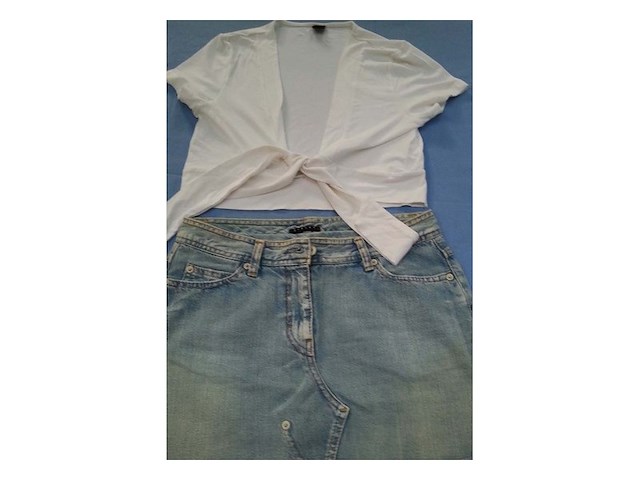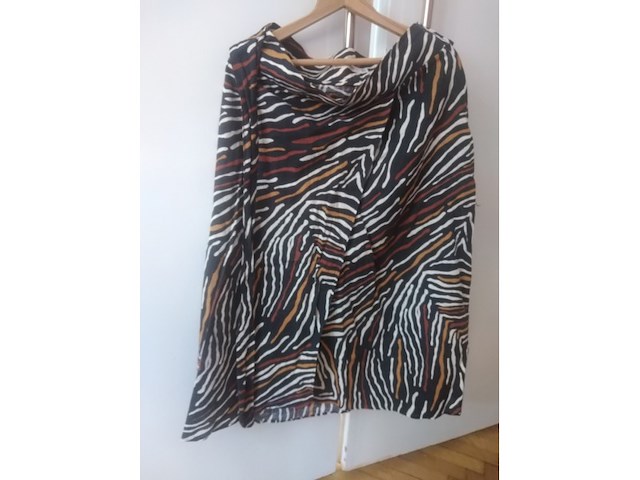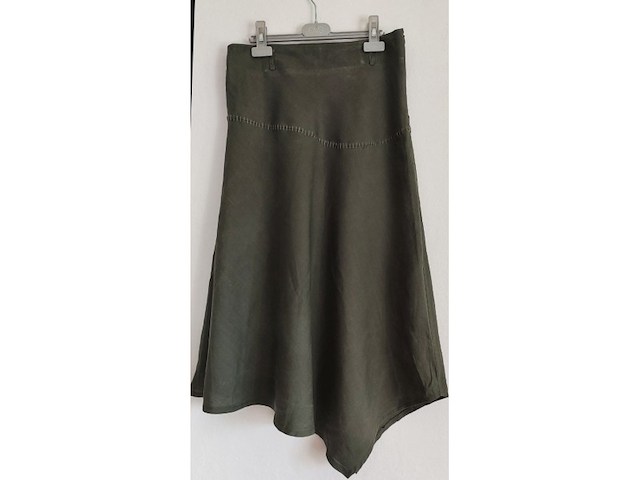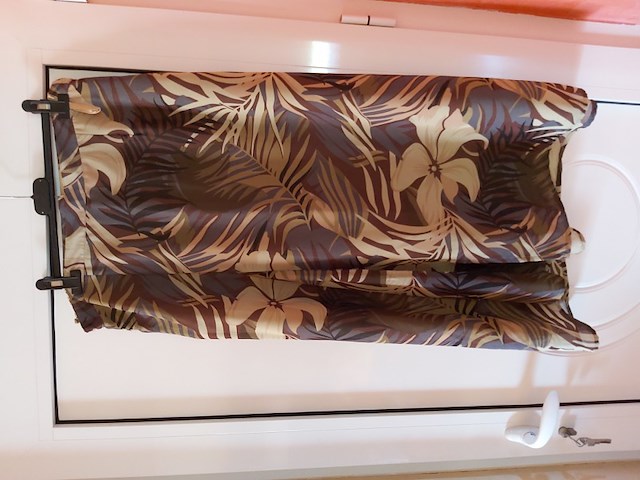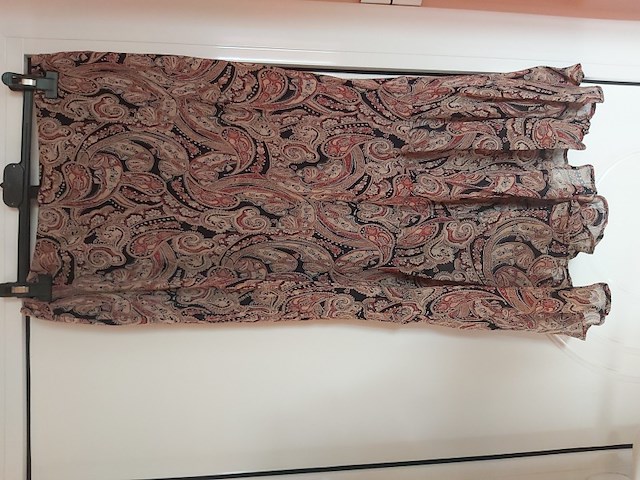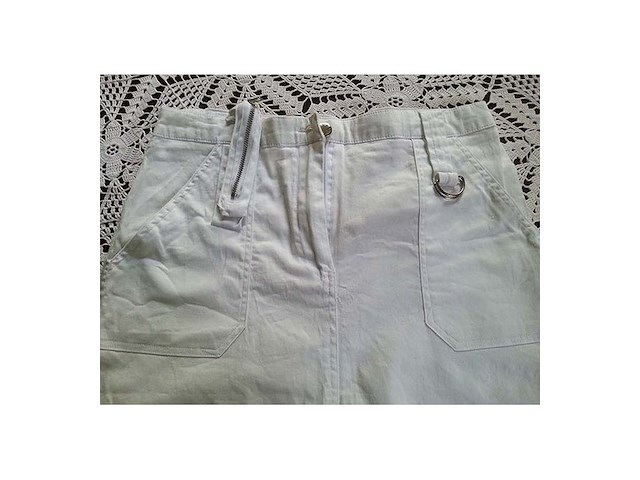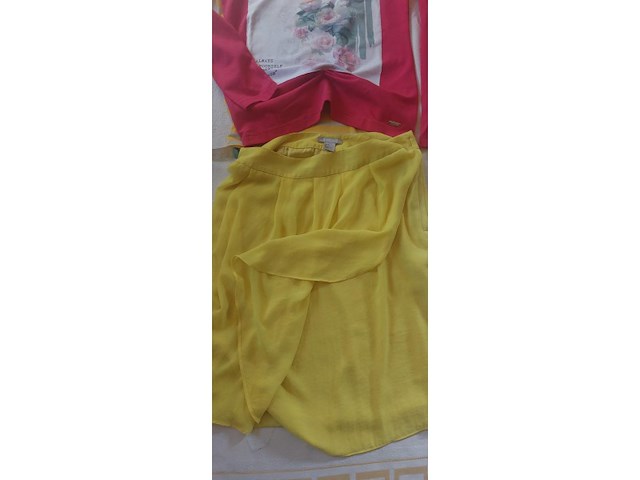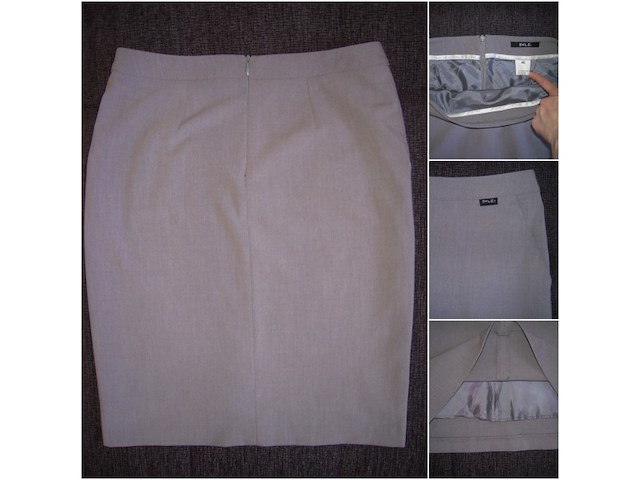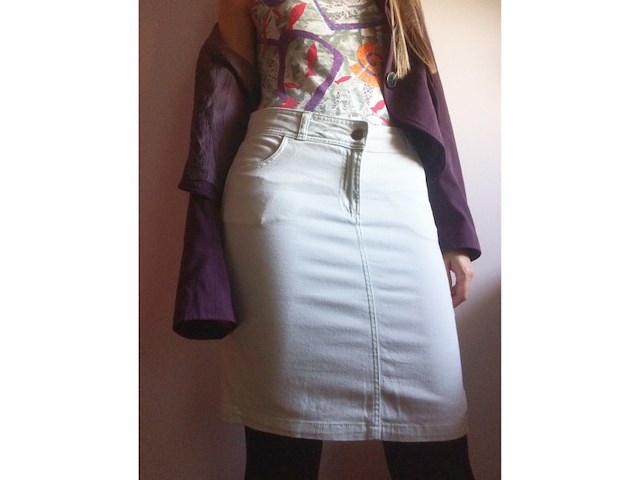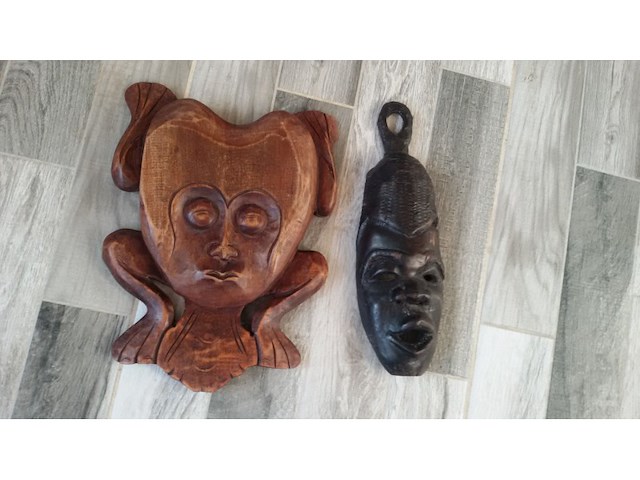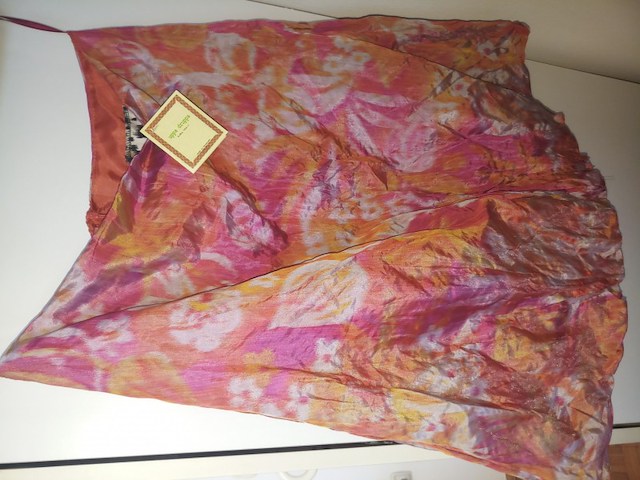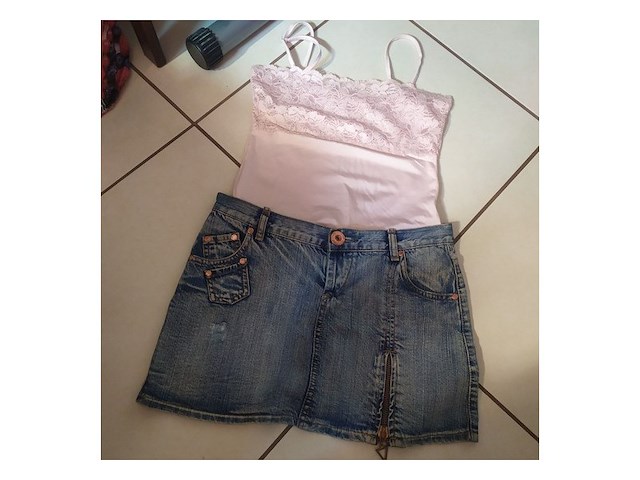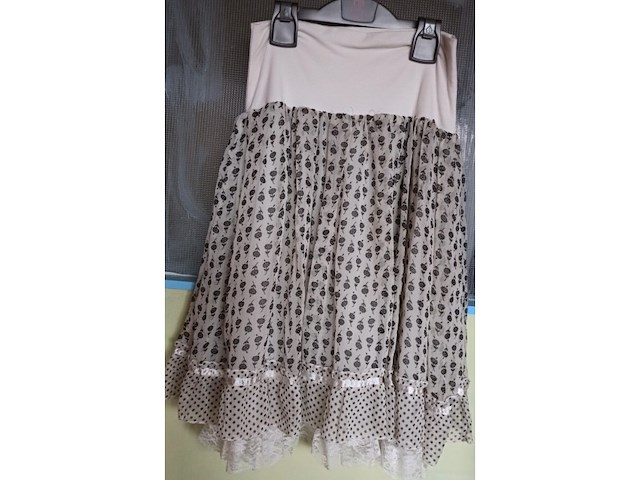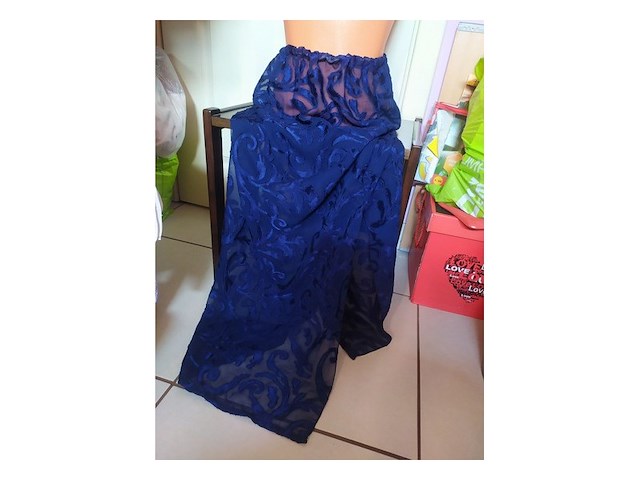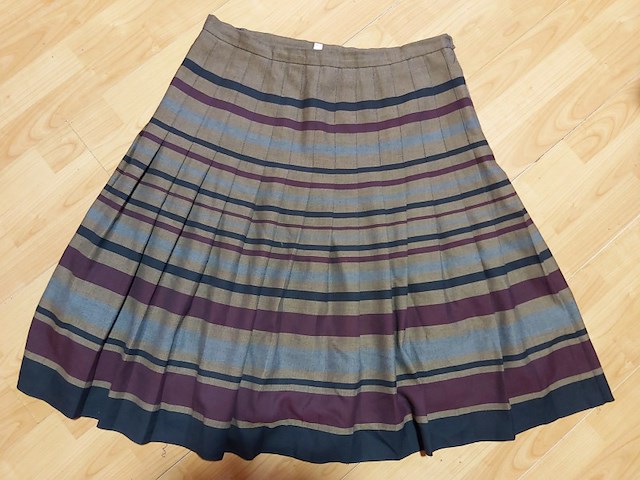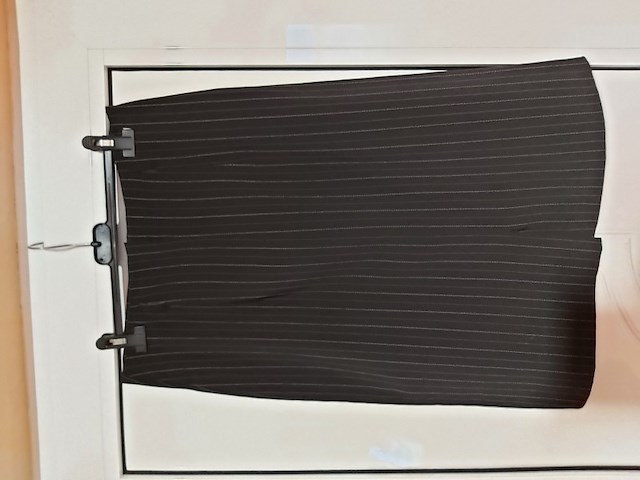Pratite promene cene putem maila
- Da bi dobijali obaveštenja o promeni cene potrebno je da kliknete Prati oglas dugme koje se nalazi na dnu svakog oglasa i unesete Vašu mail adresu.
76-100 od 7650 rezultata
Režim promene aktivan!
Upravo ste u režimu promene sačuvane pretrage za frazu .
Možete da promenite frazu ili filtere i sačuvate trenutno stanje
Praktična suknja na preklop, veći broj, verovatno šivena po meri, po meni ko nosi od broja 46 pa i do 52 jer ima dobar preklop, mere ukupna dužina u struku 150 cm dužina 80 cm Sastav ne piše, verovatno poliester, ne providi se. Osnovna boja crna sa crvenim motivima. Izuzetno očuvana, bez oštećenja, čista, oprala sam je. Šaljem i kao preporučeno pismo jer je jeftinija poštarina. Za više kupljenih stvari GRATIS poštarina. Pogledajte i ostale moje oglase.
Prelepa suknja ja sam je kupila ali mi stoji jer mi uskabu struku dacu mere . Zakopcavanje sa strane zip.. H&M marke ..neznam materijal ali je leprsava . Maltene kao svila .. isekla sam etiketu pa stvarno tacno ne bih znala .. Poluobim struka 38cm Duzina 53cm
Lagana plisirana suknja, odlično drži falte. Nema nikakvih oznaka, po meni ko nosi broj L, pogledajte mere poluobim struka 40 cm a može da se rastegne i do 50 cm (lastiš) dužina 77 cm Sastav ne piše, po meni poliester. Nije postavljena ali ne bi trebala da se providi. Boje drap, crna i bež. Izuzetno očuvana, bez oštećenja. Šaljem i kao preporučeno pismo jer je jeftinija poštarina. Za više kupljenih stvari GRATIS poštarina. Pogledajte i ostale moje oglase.
Poslovna suknja italijanskog brenda Ekle, jednom-dva put obučena stanje perfektno - nova. Izuzetno kvalitetnog i luksuznog izgleda. Kopča se skrivenim rasfrešlusom, ima dva manja džepa na bokovima. Veličina je italijanski 40 - L, naša 36-ca. Detaljne mere: struk 37 cm, dužina 54 cm, bokovi (mereno u predelu gde se završavaju džepovi)
SUKNJA Skroz uz telo, sa malim šlicem pozadi. Napred i pozadi ima džepove. Boja baš, baš svetlo plava, tek toliko ima plavo boje da ne može da se kaže da je skroz bela. Sa unutrašnje strane u pojasu je divan cvetni materijal. Detalji koji kupuju. Brend: blue motion Materijal: 98% pamuk, 2% elastin Veličina: 34 / odgovara većoj veličini, isprati dimenzije Dimenzije: Dužina - 47cm Obim struka - 76cm Dužina šlica - 10cm Stanje: 5/5
* Siva somotska suknja raving koja sa zipovima * Ima šlic na sredini zadnje strane * Ima malo elastina tako da se tegli, li ne previše * Ravan kroj, može se nositi i na struku i na kukovima * Bez oštećenja, prodajem jer mi je sada malo tesna * Cene su niske jer želim što pre da se rešim viška stvari * Pitajte sve što vas zanima. Uživajte u kupovini :)
1,2 x 1,2 x 0.5 cm bronza samo srbija ovaj predmet ne saljem u inostranstvo serbia only I do not send this item abroad Prošle izložbe (Muzej Africke umetnosti) 16. februar 2011. - 20. avgust 2011. AUTOR IZLOŽBE I KATALOGA Marija Ličina, kustos MAU Na izložbi je prikazano više od 500 tegova za merenje zlatnog praha iz zbirke Muzeja afričke umetnosti, preko 200 tegova iz zbirke Slovenskog etnografskog muzeja u Ljubljani, primeri iz privatnih kolekcija. Pored tegova, izložba uključuje i prateće predmete kao što su vage, kutije i kašike za zlatni prah. Tegovi naroda Akan jedinstveni su u svetu po svojim oblicima - predstavljaju ljude (ratnike, vračeve, lovce...), životinje (ptice,krokodili, antilope...), biljke (kikiriki, cvetove palmi, patlidžane...), predmete (bubnjeve, sandale, topove...), i brojne druge figurativne i geometrijske motive. Koliko privlače svojim oblicima, kao umetničke forme u bronzi, dimenzija od tek nekoliko santimentara, akanski tegovi jednako su značajni kao svedočanstva o prirodnom bogatstvu zlata u Zapadnoj Africi. Njima je meren zlatni prah, koji je imao ulogu novca u Gani i Obali Slonovače kod naroda Akan od 15. sve do kraja 19. veka, u svakodnevnim aktivnostima - na tržnicama, u kraljevskim trezorima zlata i za naplate državnih taksi i poreza. Izložba „Tegovi za merenje zlatnog praha naroda Akan“, autorke Marije Ličine, predstavila je značaj koji su u globalnoj istoriji imali bogata nalazišta zlata, trgovinski i kulturni kontakti na prostoru Zapadne Afrike. Kroz izložbu, posetioci uče o prometu zlata od afričke obale Mediterana do Gvinejskog zaliva (u periodu od 10. do 19. veka), pustinjskim karavanima i evropskim flotama u pohodu ka akanskim zlatonosnim poljima, o običajima cenkanja do „poslednjeg zrna zlata“, boji plamena za tegove-skulpture u bronzi i drugim temama vezanim za istoriju i kulturu naroda Akan. Izuzetnost zbirke tegova Muzeja afričke umetnosti u Beogradu, sa više od 500 originalnih predmeta, kao i zbirka Slovenskog etnografskog muzeja sa više od 200 tegova koji su po prvi put biti predstavljeni javnosti, poslužili su kao polazište za obradu nekoliko temata: AFRIČKO ZLATO U STAROM SVETU transsaharska trgovina zlatom, od 10. do 16. veka ZLATNI PRAH KAO NOVAC I JEDINICE TEŽINE: proizvodnja i promet zlata u „zlatnim kraljevstvima“ Gane, od 15. do 19. veka; kulturni kontakti i razmena između afričkih, arapskih i evropskih civilizacija AMBLEMI TRADICIJE I DRUŠTVENIH VREDNOSTI motivi tegova kao ilustracije poslovica i izreka POUKE NA TEGOVIMA ZA MERENJE ZLATNOG PRAHA Kao i oblici, i značenja koja su tegovi-skulpture imali različita su: mnogi asociraju mudre pouke iz poslovica i narodnih priča, čuvaju sećanja na bitke, mitove i legende, ili predstavljaju određene simbole. Navodimo neke od akanskih poslovica: Lud je onaj ko puši i nosi bačvu sa barutom na glavi! Između ključa i brave, jedan je stariji - mora postojati vođa, čak i među jednakima. Ne treba ti veliki štap da slomiješ petlu vrat - kaže se za moćnog čoveka koji nepotrebno zlostavlja siromašnog i nezaštićenog. Snaga palmovog drveta je u njegovim granama - kraljeva moć leži u broju njegovih podanika. ---- ovaj teg nije bio na izlozbi u MAU ----- ---------------------------------------- Akan goldweights, (locally known as mrammou), are weights made of brass used as a measuring system by the Akan people of West Africa, particularly for wei and fair-trade arrangements with one another. The status of a man increased significantly if he owned a complete set of weights. Complete small sets of weights were gifts to newly wedded men. This insured that he would be able to enter the merchant trade respectably and successfully. Beyond their practical application, the weights are miniature representations of West African culture items such as adinkra symbols, plants, animals and people. Stylistic studies of goldweights can provide relative dates into the two broad early and late periods. The Early period is thought to have been from about 1400–1720 AD, with some overlap with the Late period, 1700-1900 AD. There is a distinct difference between the Early and Late periods. Geometric weights are the oldest forms, dating from 1400 AD onwards while figurative weights, those made in the image of people, animals, building etc., first appear around 1600 AD. Radiocarbon dating, a standard and accurate method in many disciplines, cannot be used to date the weights, as it is an inorganic material. The base components of inorganic materials, such as metals, formed long before the manufacturing of the artifact.The copper and zinc used to make the alloy are exponentially older than the artifact itself. Studies on the quality or origins of the base metals in brass are not very useful due to the broad distribution and recycling of the material. Studying the weight`s cultural background or provenance is an accurate method of dating the weights. Historical records accompanying the weight describing the people to whom it belonged to, as well as a comparative study of the weights and oral and artistic traditions of neighbouring communities should be part of studying the background and provenance of the weights. Scholars use the weights, and the oral traditions behind the weights, to understand aspects of Akan culture that otherwise may have been lost. The weights represent stories, riddles, and code of conducts that helped guide Akan peoples in the ways they live their lives. Central to Akan culture is the concern for equality and justice; it is rich in oral histories on this subject. Many weights symbolize significant and well-known stories. The weights were part of the Akan`s cultural reinforcement, expressing personal behaviour codes, beliefs, and values in a medium that was assembled by many people. Anthony Appiah describes[2] how his mother, who collected goldweights, was visited by Muslim Hausa traders from the north. The goldweights they brought were `sold by people who had no use for them any more, now that paper and coin had replaced gold-dust as currency. And as she collected them, she heard more and more of the folklore that went with them; the proverbs that every figurative gold-weight elicited; the folk-tales, Ananseasem, that the proverbs evoked.` Appiah also heard these Ananseasem, Anansi stories, from his father, and writes: `Between his stories and the cultural messages that came with the gold-weights, we gathered the sort of sense of a cultural tradition that comes from growing up in it. For us it was not Asante tradition but the webwork of our lives.` There are a number of parallels between Akan goldweights and the seals used in Harappa. Both artifacts stabilized and secured regional and local trade between peoples, while they took on further meaning beyond their practical uses. Shields are symbols of bravery, stamina, or a glorious deed, though not necessarily in battle. Double-edged swords symbolize a joint rule between female and male, rather than implying violence or rule with fear. The naming of the weights is incredibly complex, as a complete list of Akan weights had more than sixty values, and each set had a local name that varied regionally. There are, from studies done by Garrard, twelve weight-name lists from Ghana and the Ivory Coast. Some estimate that there are 3 million goldweights in existence. Simon Fraser University has a small collection, consisting mostly of geometric style weights, with a number of human figurative weights. Both types are pictured here and come from the SFU Museum of Archaeology and Ethnography. Many of the largest museums of in the US and Europe have sizable collections of goldweights. The National Museum of Ghana, the Musée des Civilisations de Côte d`Ivoire in Abidjan, Derby Museum and smaller museums in Mali all have collections of weights with a range of dates. Private collections have amassed a wide range of weights as well. In the past, each weight was meticulously carved, then cast using the ancient technique of lost wax. As the Akan culture moved away from using gold as the basis of their economy, the weights lost their cultural day-to-day use and some of their significance. Their popularity with tourists has created a market that the locals fill with mass-produced weights. These modern reproductions of the weights have become a tourist favorite. Rather than the simple but artistic facial features of the anthropomorphic weights or the clean, smooth lines of the geomorphic weights, modern weights are unrefined and mass-produced look. The strong oral tradition of the Akan is not included in the creation of the weights; however, this does not seem to lessen their popularity. The skill involved in casting weights was enormous; as most weights were less than 2½ ounces and their exact mass was meticulously measured. They were a standard of measure to be used in trade, and had to be accurate. The goldsmith, or adwumfo, would make adjustments if the casting weighed too much or too little. Even the most beautiful, figurative weights had limbs and horns removed, or edges filed down until it met the closest weight equivalent. Weights that were not heavy enough would have small lead rings or glass beads attached to bring up the weight to the desired standard. There are far more weights without modifications than not, speaking to the talent of the goldsmiths. Most weights were within 3% of their theoretical value; this variance is similar to those of European nest weights from the same time. Early weights display bold, but simple, artistic designs. Later weights developed into beautiful works of art with fine details. However, by the 1890s (Late Period) the quality of both design and material was very poor, and the abandonment of the weights quickly followed. Tim Garrard (April 28, 1943 – May 17, 2007) studied the Akan gold culture. His research was centered on goldweights and their cultural significances and purposes. He was also interested in the gold trade, the creation of the weight measurements, and how Akan trade networks operated with other networks. His works and those that use his work as a base are very informative about broader Akan culture. The weights pictured here are part of the collection at the SFU museum. Donated to the museum in the late 1970s, they are part of a wide collection of African cultural pieces.
